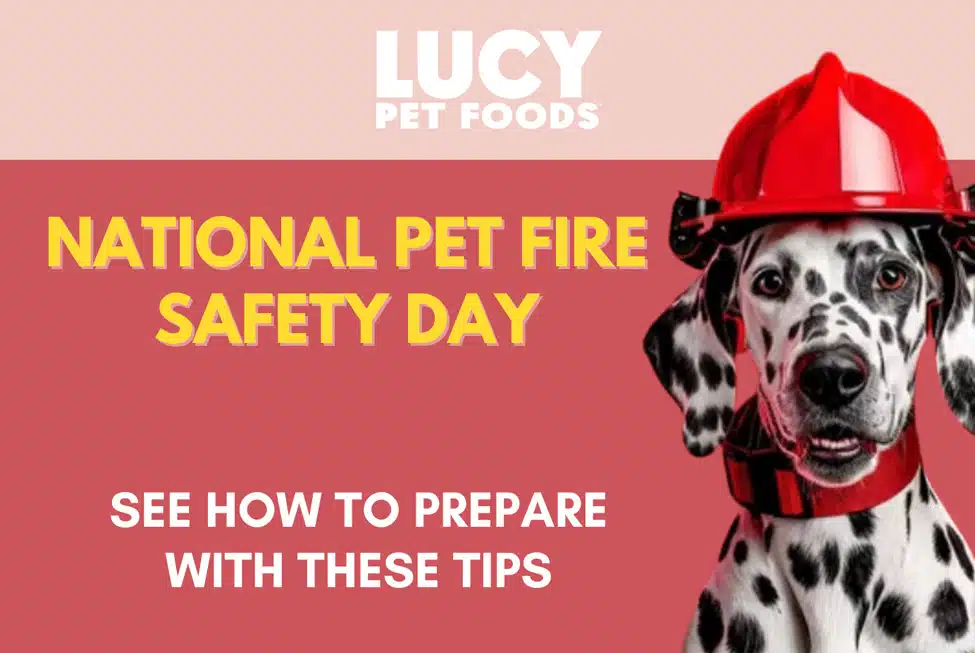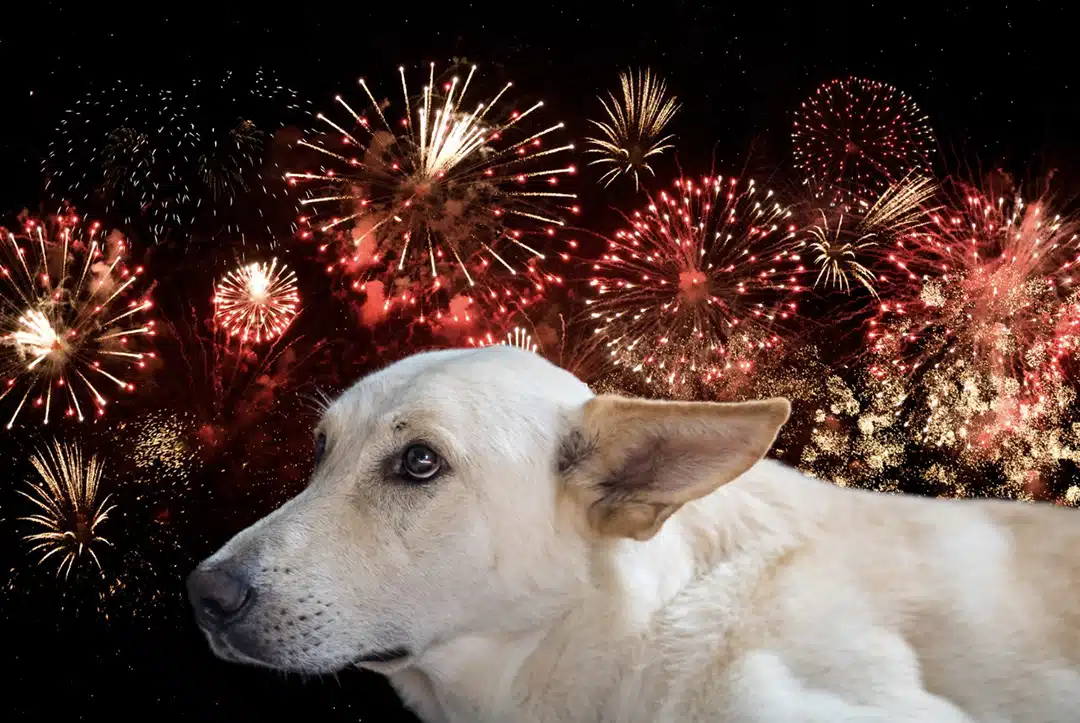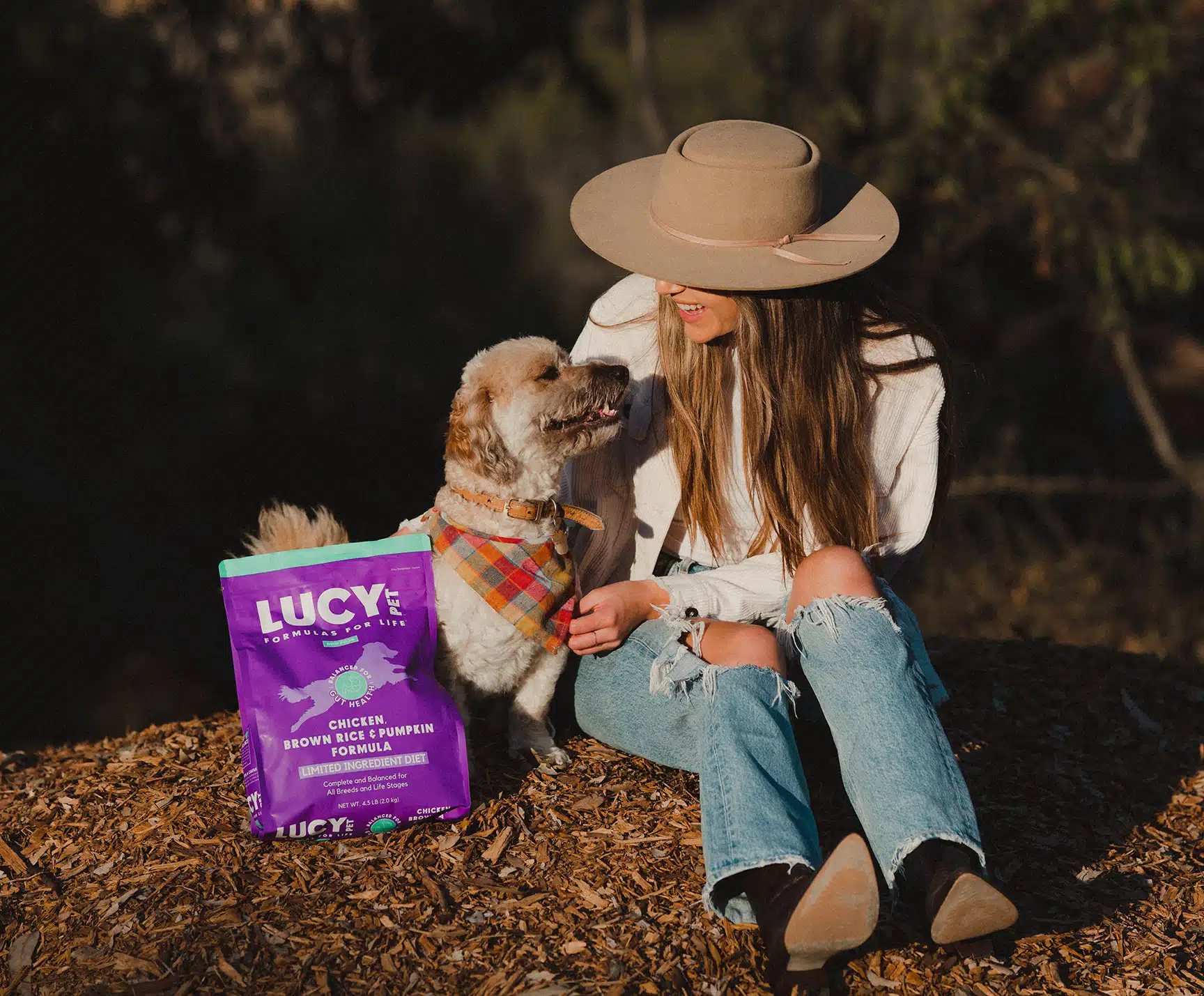 At this time of year, love is in the air…and at the mall. Advertisements beckon us to buy gifts for our loved ones. Not to spoil the mood, but these very gifts meant to entice your sweetheart can cause your pet great harm—especially chocolate. The ingestion of chocolate is among the 20 most common causes of poisoning in pets. So here are some pet safety tips to protect your furry friend on Valentine’s Day.
At this time of year, love is in the air…and at the mall. Advertisements beckon us to buy gifts for our loved ones. Not to spoil the mood, but these very gifts meant to entice your sweetheart can cause your pet great harm—especially chocolate. The ingestion of chocolate is among the 20 most common causes of poisoning in pets. So here are some pet safety tips to protect your furry friend on Valentine’s Day.
Tip #1: Chocolate is the food for lovers, but it is very toxic to dogs and cats. A small amount can cause serious—and perhaps fatal—consequences. Chocolate contains methylxanthine alkaloids in the form of theobromine and caffeine, which cause constriction of arteries, increased heart rate, and central nervous system stimulation. This can lead to vomiting, diarrhea, restlessness, and increased urination, and can eventually cause excitability, increased respiration and heartbeat, stiffness, seizures, and exaggerated reflexes. Certain types of chocolate contain higher amounts of this alkaloid; baking chocolate has the highest level, while white chocolate has the lowest. A potential lethal dose in a 15-pound dog is only one pound of milk chocolate. Cardiac failure, seizures, coma, and even death can occur if your pet is not treated within four to six hours after ingestion. Following are the toxicity levels of different types of chocolate:
- White chocolate. This has the lowest form of toxicity because it contains the least amount of theobromine. Mild signs can occur with the ingestion of 45 ounces per pound of body weight. Severe toxicity occurs when 90 ounces per pound of body weight are ingested. This means that a 10-pound cat or dog would need to ingest 27 pounds of white chocolate to cause a severe problem. Of course, it’s unlikely for such a thing to happen, but you never know.
- Milk chocolate. Mild signs of toxicity can occur when 0.7 ounces per pound of body weight is ingested. Severe signs occur with 2 ounces per pound of body weight. A 10-pound cat or dog would need to ingest 7 ounces of milk chocolate to cause toxicity.
- Semi-sweet chocolate/instant cocoa. Mild signs of toxicity can occur when ⅓ ounce per pound of body weight is ingested. Severe signs occur when 1 ounce per pound of body weight is eaten. A 10-pound cat or dog would only need to ingest 3 ounces of either semi-sweet chocolate or instant cocoa to cause toxicity.
- Baking chocolate. This type of chocolate has the highest concentration of theobromine and caffeine. Therefore, pets only need to ingest a small amount to cause serious illness or even death. Mild signs of toxicity occur when only 0.1 ounces per pound of body weight is ingested. Severe signs occur with 0.3 ounces per pound of body weight. A 10-pound cat or dog would need to ingest only one ounce of baking chocolate to cause toxicity.
Tip #2: As surprising as it may be, pets love undergarments—the fancier the better, and especially after you’ve worn them. It’s true; every year hundreds of dogs and cats undergo extensive surgery to remove panties and bras from their stomachs and intestines. The problem usually begins after that sizzling romantic interlude where underwear winds up on the floor. Along comes to your cat or dog wanting to get involved in all the excitement and they start playing with these “toys.” The next thing you know, your pet swallows them. Ingested lingerie causes deadly bowel or stomach obstructions and must be surgically removed. So, go ahead and have that passionate interlude—but remember to pick up your undergarments before your cat or dog has time to get to them!
Tip #3: Not only will pets eat undergarments, but they also love things that sparkle. Diamond bracelets, rings, necklaces—jewelry of any kind can end up in your pet’s stomach if you’re not careful. This can be dangerous as jewelry with sharp edges or hooks can get caught on the intestines, requiring emergency surgical removal. Sometimes these items will pass through your pet’s body and be eliminated without too much harm to your pet or the jewelry. The obvious downside is that you have to search for it—yes, you guessed it—in your pet’s stool. So, a jewelry box is a good investment. And if your loved one pops the question this Valentine’s Day, keep the diamond on your finger to avoid an engagement at the vet clinic.
Tip #4: Love letters on fancy paper abound this month. But like all paper objects, cats and dogs will chew and swallow these love notes, leading to stomach upset and even intestinal obstructions. Most of the time their bodies will pass the paper, and the only harm done is the loss of some pretty romantic verse. Still, it’s better to store your love letters in a safe place away from your four-legged friends.
Tip #5: Planning a nice candlelit dinner for your loved one? That’s great, but keep in mind that cats and dogs are intrigued by the dancing flames. Not only will whiskers get singed, but sometimes the hot wax will burn their cute little paws and faces. Just be careful: Monitor the candles and try to keep them away from any pets in the house.
Tip #6: Roses are red, violets are blue…watch out kitty, flowers are dangerous to chew! That’s right, certain plants and flowers are toxic to your pets. And beware of those freshness packets that come with some floral arrangements; your cat or dog can find them quite interesting and even tasty, which can result in serious stomach upset. The best thing is to keep all of your beautiful floral arrangements away from your pets by placing them up high where your pets can’t taste them. Remember, anything new in the household will be up for examination and scrutiny by your curious furry pal.
So be very careful with your Godiva chocolates and Hershey’s kisses, and remember to contact your vet immediately if you suspect your pet has gotten into any sweets. After practicing veterinary medicine for 16 years, I can tell you that an ounce of prevention is much better than an ounce of ingestion. Want to spoil that special animal in your life? Buy heart-shaped doggie toys, kitty treats, red feathers, and squeaky devils to show how much you really care!
Here are ten more ways to show your pets you love them on Valentine’s Day:
- Place a bird feeder outside their favorite window. Both dogs and cats enjoy the sights and sounds of birds on a sunny afternoon.
- Make sure your cats and dogs get exercise daily. It’s good for both of you.
- Buy some fancy furniture for your pets. A cat tree, kitty condo, or plush dog bed would be nice.
- Give your pets hugs and kisses throughout the day. They love it!
- Treat your pets to a message. Experts will even come to your home.
- Have your pets’ portraits painted?
- Upgrade to a running water system. Pets love to drink from fountains.
- Play soothing classical music all day long.
- Have extra sessions of playtime.
- Brush them from head to tail.
By Karen “Doc” Halligan






